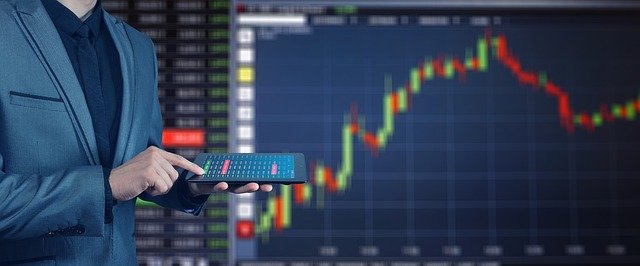The stagnation of investment does not stem only from the size of government. It also reflects the priorities of modern government, as set by both Republicans and Democrats. The federal government has grown — but not the parts oriented toward the future and economic growth. Spending has surged on health care, Social Security, antipoverty programs, police and prisons. (Military spending has declined as a share of G.D.P. in recent decades.) All these programs are important. A decent society needs to care for its vulnerable and prevent disorder. But the United States has effectively starved programs focused on the future at the expense of those focused on the present. The country spent about twice as much per capita on the elderly as on children in recent years, according to the Urban Institute. Even the affluent elderly can receive more government help than impoverished children.
These choices help explain why the United States has fallen behind other countries in educational attainment, why our child-poverty rate is so high, why it takes longer to cross the country than it once did. As Eugene Steuerle, an economist with a long career in Washington, has said, “We have a budget for a declining nation.”
Americans have come to believe that the country is, in fact, declining. Less than 25 percent of Americans say that the economy is in good or excellent condition today. Whether the economy has been growing or shrinking during the 21st century, whether a Democrat or Republican has been in the White House, most Americans have usually rated the economy as weak.
Pundits and politicians — who tend to be affluent — sometimes express befuddlement about this pessimism, but it accurately reflects reality for most Americans. For decades, incomes and wealth have grown more slowly than the economy for every group other than the very rich. Net worth for the typical family shrank during the first two decades of the 21st century, after adjusting for inflation. The trends in many noneconomic measures of well-being are even worse: In 1980, life expectancy in the United States was typical for an industrialized country. American life expectancy now is lower than in any other high-income country — including Canada, Japan, South Korea, Australia, Britain, France, Germany, Italy and even less-wealthy European countries like Slovenia and Greece.
This great American stagnation has many causes, but the withering of investment is a major one. The economists and other experts who advise politicians have increasingly come to this conclusion, which explains why President Biden has made investment the centerpiece of his economic strategy — even if that isn’t always obvious to outsiders. He has signed legislation authorizing hundreds of billions of dollars to rebuild the transportation system, subsidize semiconductor manufacturing and expand clean energy. These are precisely the kinds of programs the private sector tends not to do on its own. All told, Biden has overseen the largest increase in federal investment since the Eisenhower era. Notably, the infrastructure and semiconductor bill both passed with bipartisan support, a sign that parts of the Republican Party are coming to question the neoliberal consensus. As was the case during the 1950s, the threat from a foreign rival — China, this time — is focusing some policymakers on the value of government investment.

